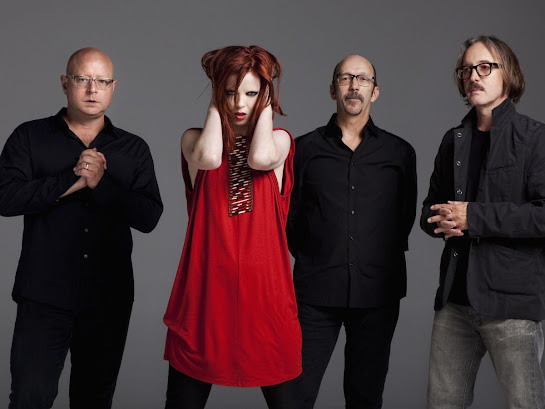#Planxty #Christy Moore #Andy Irvine #Irish folk #world music
#Celtic folk #traditional #1970s
Irish stalwarts Planxty begin Cold Blow and the Rainy Night -- their third record for Shanachie -- with a rousing version of the Scottish battlefield classic "Johnnie Cope." It's a fitting opening to a record that essentially rounded out their recording heyday as the members splintered off to form equally influential Celtic acts like the Bothy Band, Moving Hearts, and De Danann. Co-founder Dónal Lunny, despite contributing instrumentally to a few tracks and taking a seat in the production chair, left the group, allowing newest member Johnny Moynihan to take over bouzouki and -- along with Andy Irvine and Christy Moore -- vocal duties. The title track is one of the finest of their career, utilizing Liam O'Flynn's expert uillean pipes and the band's peerless harmonizing to a tee. Moore's gorgeous "Lakes of Pontchartrain" and Irvine's moving closer, "Green Fields of Canada," showcase the group's timeless mastery of balladry, a style that would greatly inform their later solo works. Cold Blow and the Rainy Night, along with The Well Below the Valley, and their legendary debut, are essential listening for those in love with, or merely intrigued with, the genre. From: https://www.allmusic.com/album/cold-blow-and-the-rainy-night-mw0000206988
P Stands for Paddy / T Stands for Thomas
Planxty sang ‘P’ Stands for Paddy, I Suppose on their 1974 album Cold Blow and the Rainy Night. They noted: We first heard ‘P’ Stands for Paddy a long time ago from Joe Heaney but we didn't get the words until recently. These came from a recording of Colm Keene of Glinsk Co. Galway. The verses are a strange mixture as if made up from different songs and it has a fine air.
Lal and Norma Waterson sang T Stands for Thomas on the Watersons' 1975 album, For Pence and Spicy Ale, Norma Waterson sang it on the Holme Valley Tradition cassette Will's Barn, and Waterson/Carthy sang it live at the Beverley Folk Club in June 1992. A.L. Lloyd noted on the Watersons' original album: These B for Barney, P for Paddy, J for Jack songs are usually Irish in origin though common enough in the English countryside. Often the verses are just a string of floaters drifting in from other lyrical songs. So it is with this piece, which derives partly from a version collected by Cecil Sharp from a Gloucestershire gipsy, Kathleen Williams. Some of the verses are familiar from an As I Walked Out song sung to Vaughan Williams by an Essex woodcutter, Mr Broomfield. The verses about robbing the bird's nest recall The Verdant Braes of Skreen.
Peter and Barbara Snape sang T Stands for Thomas on their 2008 CD Take to the Green Fields. Barbara Snape noted: This particular version of the song is an Irish/English hybrid! I first heard it in Liverpool some time ago, sung by an Irish singer, Davy Brennan. Having never forgotten it, but never quite fully remembering it either, I have used the version published in The Wanton Seed to supplement the bits I had lost.
Niamh Boadle sang P Stands for Paddy in 2010 on her CD Wild Rose. She commented on this Irish traditional song: A conversation overheard and dwelt on to learn about love. Not a strictly orthodox method of teaching but there you go.
From: https://mainlynorfolk.info/watersons/songs/tstandsforthomas.html




























